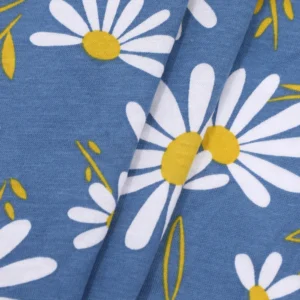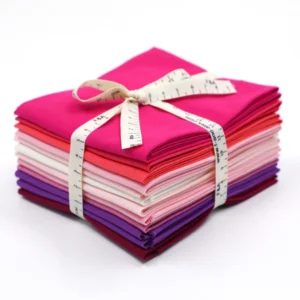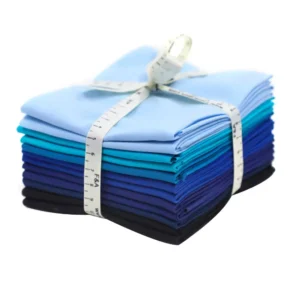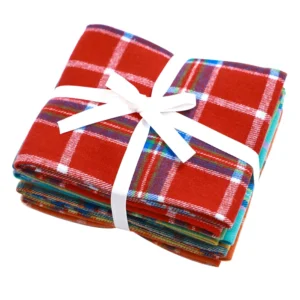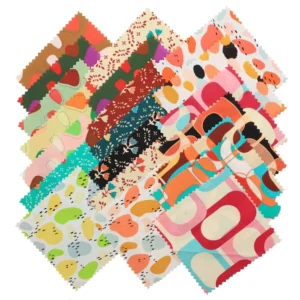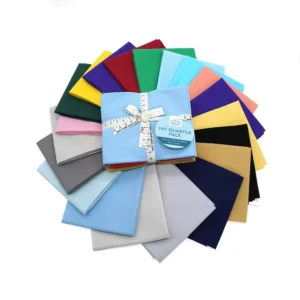Jacquard and cotton are both widely used textiles, but they differ significantly in their construction, properties, and applications. Jacquard is a weaving technique that allows for the creation of intricate and complex patterns within the fabric structure. Cotton, on the other hand, is a natural fiber known for its softness, breathability, and versatility.
This article will explore the key differences between Jacquard fabric and cotton, covering aspects such as their production methods, characteristics, common uses, and care requirements. By understanding these distinctions, you can make informed decisions when choosing the right fabric for your specific needs.
What Is Jacquard Fabric
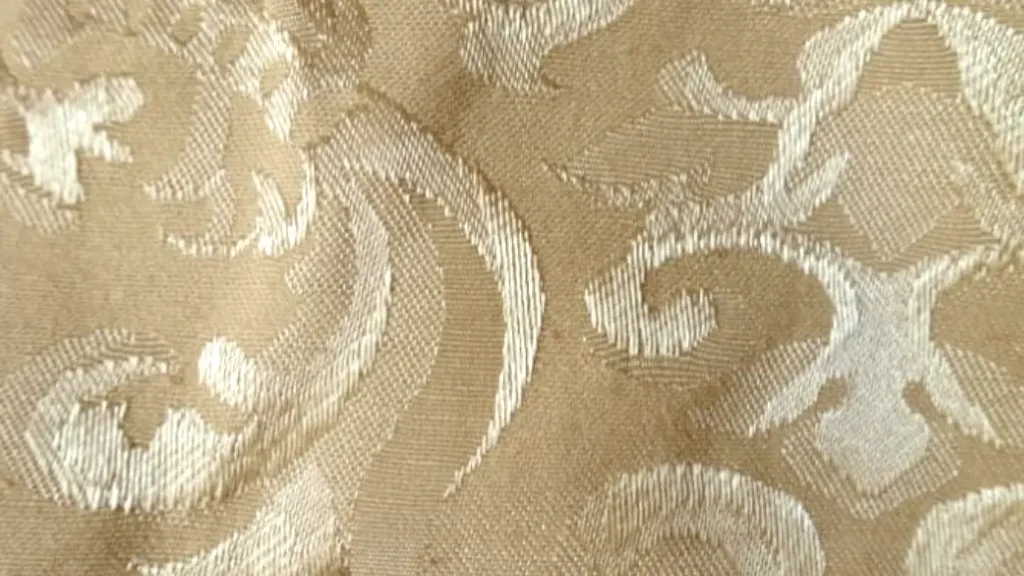
Jacquard fabric is renowned for its intricate and complex patterns woven directly into the fabric structure. This intricate weaving is achieved through the use of a specialized loom, known as a Jacquard loom, which allows for precise control over individual warp threads. This intricate control enables the creation of highly detailed and elaborate designs, ranging from delicate floral motifs to large-scale pictorial representations.
The Jacquard technique offers unparalleled versatility in terms of pattern complexity and color variations. It can be used to create a wide array of fabrics, from simple geometric patterns to intricate tapestries and even photographic images woven into the fabric.
What Is Cotton Fabric
Cotton is a natural fiber derived from the cotton plant. It is one of the most widely used natural fibers in the textile industry due to its numerous desirable properties. Cotton fabric is known for its softness, breathability, and absorbency, making it a comfortable and versatile fabric for a wide range of applications.
Cotton is a highly versatile fiber that can be spun into various yarn counts, resulting in fabrics with different textures and weights. It can be woven into a wide range of fabrics, including muslin, flannel, denim, and poplin, each with its own unique characteristics and applications.
Jacquard Fabric vs Cotton
Jacquard fabric and cotton are both widely used textiles, each with distinct characteristics that make them suitable for different applications. Understanding their key differences can help you make informed choices when selecting fabrics for your projects.
Jacquard Fabric
Jacquard fabric is renowned for its intricate and complex patterns woven directly into the fabric structure. This intricate weaving is achieved through the use of a specialized loom, known as a Jacquard loom, which allows for precise control over individual warp threads. This intricate control enables the creation of highly detailed and elaborate designs, ranging from delicate floral motifs to large-scale pictorial representations.
The Jacquard technique offers unparalleled versatility in terms of pattern complexity and color variations. It can be used to create a wide array of fabrics, from simple geometric patterns to intricate tapestries and even photographic images woven into the fabric. Jacquard fabrics are often used in applications where visual interest and intricate detailing are paramount, such as high-end upholstery, fashion accessories, and decorative home furnishings.
Cotton Fabric
Cotton is a natural fiber derived from the cotton plant. It is one of the most widely used natural fibers in the textile industry due to its numerous desirable properties. Cotton is known for its softness, breathability, and absorbency, making it a comfortable and versatile fabric for a wide range of applications.
Cotton is a highly versatile fiber that can be spun into various yarn counts, resulting in fabrics with different textures and weights. It can be woven into a wide range of fabrics, including muslin, flannel, denim, and poplin, each with its own unique characteristics and applications. Cotton’s versatility, combined with its natural origin and comfortable feel, makes it a popular choice for everyday wear, bedding, and home furnishings.
Key Differences between Jacquard fabric and cotton fabric in the following:
| Feature | Jacquard Fabric | Cotton Fabric |
|---|---|---|
| Origin | Woven using a specialized loom | Natural fiber derived from the cotton plant |
| Pattern | Intricate patterns woven directly into the fabric | Plain weave or other basic weaves |
| Texture | Can vary depending on the design; often has a slightly textured feel due to the raised pattern | Soft, smooth, or slightly textured depending on the weave |
| Breathability | Varies depending on the weave and fiber composition | Generally highly breathable |
| Absorbency | Varies depending on the weave and finish | Highly absorbent |
| Durability | Generally durable, but can vary depending on the weave and fiber composition | Durable, but can wrinkle easily |
| Comfort | Can be comfortable, but may not be as breathable as cotton for some | Generally very comfortable and soft against the skin |
| Versatility | Primarily used for decorative and high-end applications | Widely used for a variety of applications, including clothing, home furnishings, and everyday use |
| Cost | Generally more expensive than plain cotton fabrics due to the intricate weaving process | Relatively affordable and readily available |
Jacquard Fabric: Advantages
- Unique and Intricate Designs: Offers a wide range of visually appealing and unique patterns.
- Luxurious Feel: Adds a touch of sophistication and elegance to any application.
- Durability: Can be highly durable, especially when woven with strong fibers.
Jacquard Fabric: Disadvantages
- Cost: Generally more expensive than plain cotton fabrics.
- Limited Breathability: Some Jacquard fabrics may have limited breathability, depending on the weave and fiber composition.
- Care: May require special care instructions to maintain the fabric’s integrity and appearance.
Cotton Fabric: Advantages
- Soft and Comfortable: Feels soft and comfortable against the skin.
- Breathable: Allows for excellent air circulation, keeping you cool and comfortable.
- Absorbent: Highly absorbent, making it ideal for towels, bedding, and clothing.
- Versatile: Can be used for a wide range of applications, from clothing to home furnishings.
- Affordable: Generally more affordable than many other natural fibers.
- Easy to Care For: Most cotton fabrics are easy to wash and maintain.
Cotton Fabric: Disadvantages
- Wrinkling: Tends to wrinkle easily.
- Shrinkage: May shrink slightly after washing.
- Durability: Can be less durable than some synthetic fibers.
- Environmental Impact: Cotton cultivation can have environmental impacts, such as water consumption and pesticide use.
Choosing Between Jacquard and Cotton
The choice between Jacquard fabric and cotton depends on the specific needs and preferences of the user.
- Choose Jacquard fabric if:
- You are looking for a fabric with intricate and unique patterns.
- You desire a luxurious and sophisticated look.
- You are willing to pay a premium for high-quality, decorative fabric.
- Choose cotton fabric if:
- You prioritize comfort, breathability, and affordability.
- You need a versatile fabric for a wide range of applications.
- You prefer natural and sustainable materials.
By carefully considering the characteristics and advantages of each fabric, you can make an informed decision and select the best option for your specific needs.
Conclusion
In conclusion, Jacquard fabric and cotton each offer unique qualities. Jacquard, with its intricate woven patterns, adds a touch of luxury and sophistication to any project. Cotton, known for its softness, breathability, and versatility, is a comfortable and practical choice for a wide range of applications.
Ready to explore the possibilities of Jacquard fabric and cotton for your next project? Contact Fanda Fabrics today for a free quote on our extensive selection of wholesale Jacquard fabrics and high-quality cotton options. Our team of experts can help you find the perfect fabrics to bring your vision to life.


